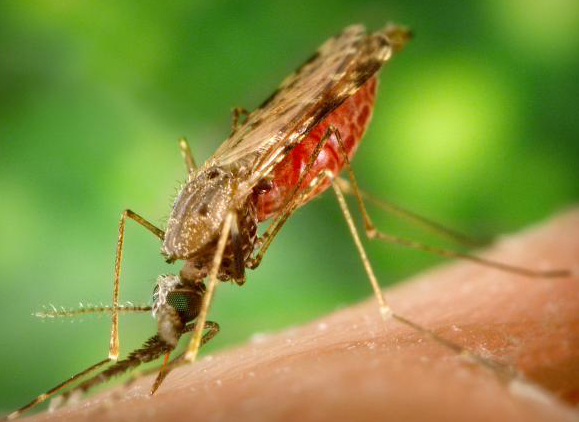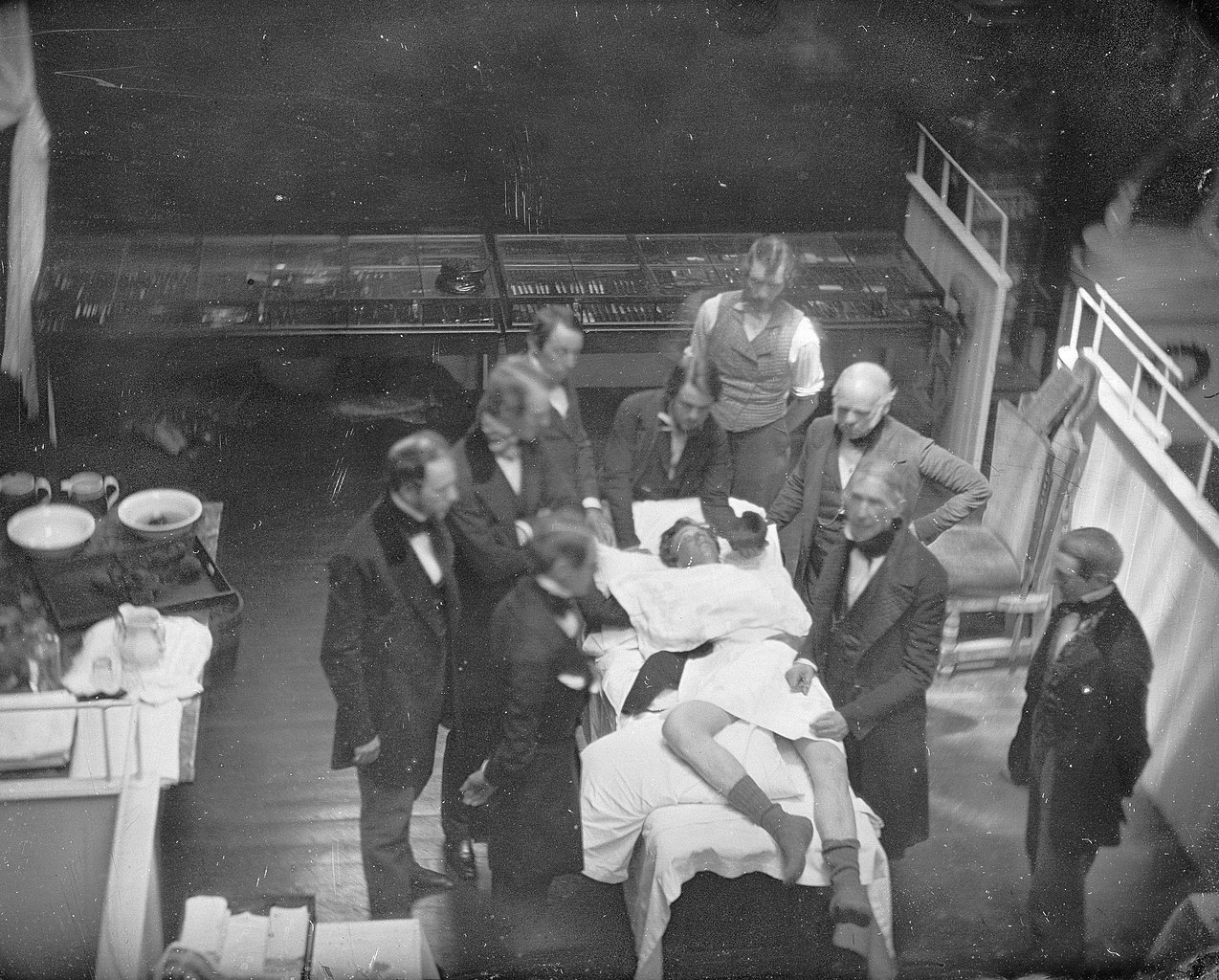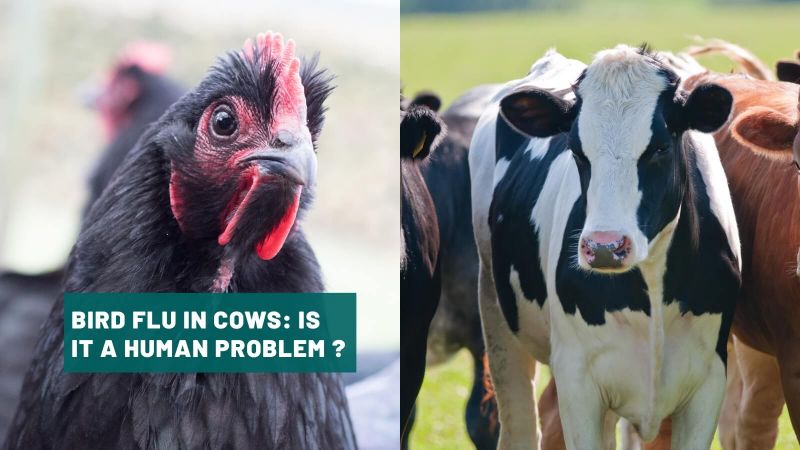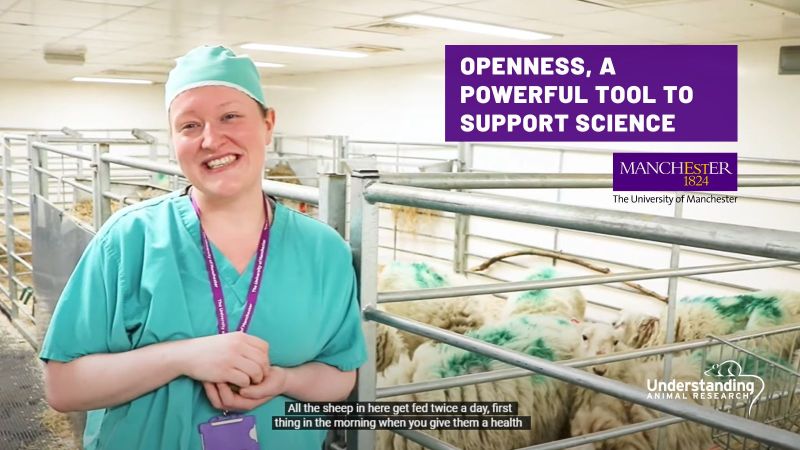Human health timeline: Pre 20th Century
Malaria parasite lifecycle
 At the end of the 19th century, malaria was believed to be contracted through inhalation of dirty water. Several biologists, Manson, Koch, King1 and Lavern2, separately developed the theory that malaria may be caused by mosquito bites.
At the end of the 19th century, malaria was believed to be contracted through inhalation of dirty water. Several biologists, Manson, Koch, King1 and Lavern2, separately developed the theory that malaria may be caused by mosquito bites.
Vaccine for smallpox
The first vaccine was famously developed by the physician Edward Jenner in 1796. He had noticed that milk-maids had unusually smooth skin, and realised that they were not scarred by smallpox scars.
Vaccine for anthrax
Anthrax is an infectious disease due to a type of bacteria called Bacillus anthracis. Infection in humans most often involves the skin, gastrointestinal tract, or lungs.
 Early anaesthetics
Early anaesthetics
Fifty years before an anaesthetic was used in patients, Humphrey Davy had demonstrated that nitrous oxide produced a reversible state of unconsciousness in animals. He subsequently inhaled the gas himself, noting on one occasion that the gas relieved toothache.
Rabies vaccine
Rabies is a very serious viral infection that targets the brain and nervous system. It is spread by animals to humans. Once the symptoms of rabies have developed, the condition is almost always fatal.
Typhoid vaccine
Typhoid, sometimes known as enteric fever, is a disease caused by the bacterium Salmonella enterica serovar Typhi. Classic typhoid fever is a serious disease. It can be life-threatening unless treated promptly with antibiotics. The disease lasts several weeks and convalescence takes some time.
Cholera vaccine
Experiments on cholera immuno-serum in guinea-pigs showed that unlike previous sera, it did not affect bacterial toxins, but provided immunity by preventing the bacteria from moving and growing. This was termed bacteriolytic immunity. As with anti-toxic immunity, animals could gain immunity through injection with the blood of an immunised animal.
Plague vaccine
Plague is an acute bacterial infection caused by the organism Yersinia pestis. Natural infection occurs in a range of mammalian species including rodents, cats and other carnivores, and humans
Treatment for beriberi
In 1912 Gowland Hopkins showed that beriberi could be caused by lack of nutrients in the diet. He investigated the nutritional needs of rats and mice, feeding young rats on casein, lard, sucrose, starch and minerals. Half the group also received 2ml of milk daily. Those receiving the milk grew well.



